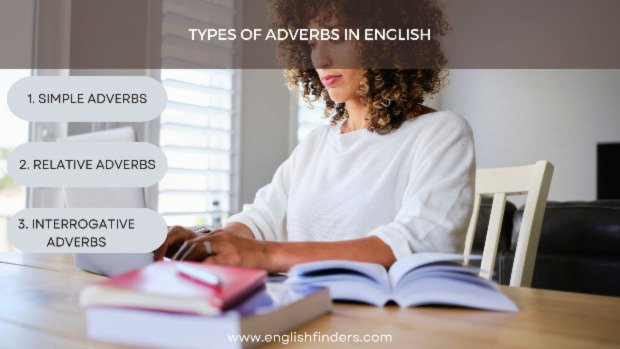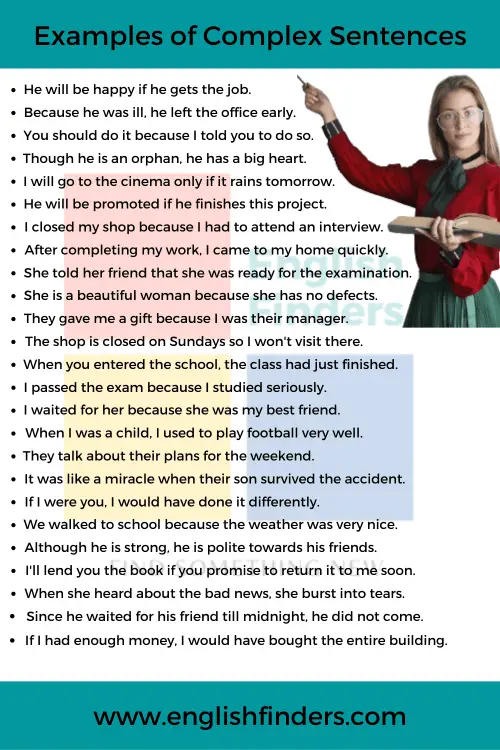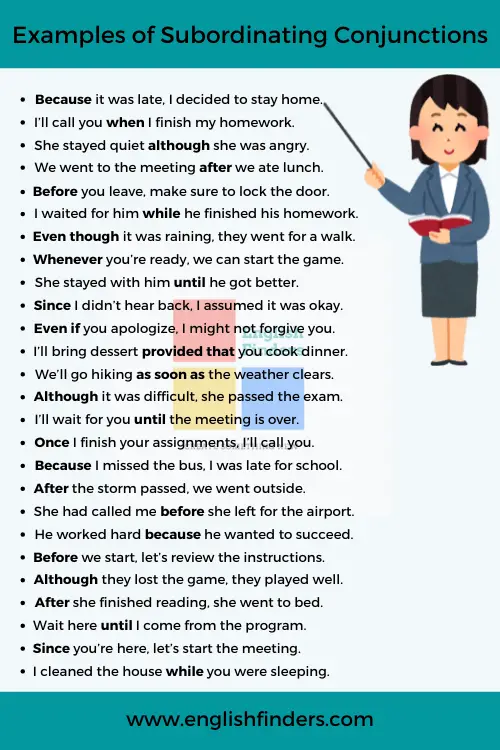Last updated on January 14th, 2025 at 11:03 pm
An Adverb plays a very significant role in completing a sentence differently, and it has the power to modify the meaning of the whole sentence. It provides additional information about how, when, where, and to what extent an action occurs. Without using adverbs, our sentences would be bland and lacking in detail.
For instance, consider the difference between the two sentences “She walks” and “She walks slowly.” The adverb “slowly” gives us insights into how she walks. So, we need to know how to use adverbs in a sentence correctly. However, let us know the definition and types of adverbs in English grammar.
What is an Adverb?
Quick Navigation
An adverb is a word or part of speech that modifies all parts of speech except a noun or a pronoun. In other words, we can say adverbs are words that modify verbs, adjectives, or other adverbs. Let us see how the scholars define adverbs.
J.C. Nesfield: “An adverb is a word used to qualify any parts of speech except a noun or pronoun.”
Wren & Martin: “An adverb is a word which modifies the meaning of a verb, an adjective or another adverb.”
How Adverbs Modify Other Words
An adverb has the power to modify other words in a sentence (except nouns). Let’s see how adverbs can modify various parts of a sentence.
Modifying Verbs: The most common function of adverbs is to modify verbs. For example, in the sentence “He runs quickly,” the adverb “quickly” tells us how he runs.
Modifying Adjectives: Adverbs can also modify adjectives. For instance, “The coffee is extremely hot” uses the adverb “extremely” to intensify the adjective “hot.”
Modifying Other Adverbs: Sometimes, adverbs modify other adverbs. For example, “She sings very beautifully,” where “very” modifies the adverb “beautifully.”
Modifying Entire Sentences: Adverbs can even modify whole sentences, often providing a comment or stance. For example, “Surprisingly, he passed the test,” where “surprisingly” gives the speaker’s attitude towards the event.
Position of Adverbs in a Sentence
Adverbs can be positioned in various parts of a sentence, which can affect the meaning and emphasis:
- Front Position: Placing an adverb at the beginning of a sentence can emphasize it. For example, “Suddenly, the lights went out.”
- Mid Position: This is often used for adverbs of frequency, like “She always sings in the shower.”
- End Position: This is the most common position for adverbs, especially adverbs of manner. For example, “He drives carefully.”
The position of the adverb can change the focus of the sentence, so it’s important to choose carefully.
Types of Adverbs
Adverbs are divided into three types. They are:
- Simple Adverbs
- Relative Adverbs
- Interrogative Adverbs
1. Simple Adverbs
Simple Adverbs are of 8 sub-types. They are:
- Adverbs of time
- Adverbs of place
- Adverbs of manner
- Adverbs of degree
- Adverbs of the reason of purpose
- Adverbs of affirmative and negative
- Intensifiers
- Downtoners
Adverbs of Time
An adverb of time is placed when an action is performed by addressing ‘when,’ ‘how long,’ and ‘ how often.’
These types of adverbs are: now, then, before, since, ago, already, afterward, always, often, seldom, once, twice, thrice, soon, afterward, today, again, late, yesterday, tomorrow, early, daily, frequently, presently, immediately, etc. Examples are in the below sentences:
- I want to meet you right now.
- She admires him and then leaves the place.
- Mr. Jacob has already bought the car.
- Afterward, they reached their destination.
- Her examination will start tomorrow.
- It would help if you got up early in the morning.
- I heard sound frequently.
- The boy makes the same mistake again.
- It has been raining since morning.
- We don’t need to discuss the same topic twice.
Adverbs of Place
An adverb of place is placed by addressing ‘where’ the action is done. These types of adverbs are: Here, there, hence, far, near, nearby, away, ahead, outside, inside, locally, etc. Examples are in the below sentences:
- Please don’t enter here without permission.
- I wish to go there someday.
- Hence, you have to follow the guidelines.
- They want to go away for a while.
- Don’t go outside when the class is running.
- Call him inside the room.
- Their hometown is far from us.
- Get ready ahead of the conference.
Adverbs of Manner
An adverb of manner is placed by addressing ‘how’ the action is done. These types of adverbs are: closely, correctly, bravely, sadly, badly, softly, steadily, slowly, soundly, suddenly, carefully, rightly, naturally, possibly, quickly, easily, widely, thus, well, etc. Examples are in the below sentences:
- I see the airplane clearly.
- You have to see this blackboard closely.
- Let’s resolve the sum correctly.
- The troops fight for the nation bravely.
- She is standing there sadly.
- Complete the lesson efficiently.
- Suddenly, I saw a beautiful bird.
- Go ahead, rightly.
- Thus, we focus on the main issue.
- Please reach the airport quickly.
Adverbs of Degree
An adverb of manner is placed by addressing ‘how much’ the action is done. These types of adverbs are: Almost, very, much, fully, partly, quite, totally, entirely, deeply, greatly, poorly, enough, too, little, strongly, altogether, rather, etc. Examples are in the below sentences:
- I have almost done the task.
- The doll looks very charming.
- How much money are you looking for?
- He fully opposes the matter.
- I see the crowd partly.
- The news channel covers the incident entirely.
- It’s enough for him.
- She admires her best friend too.
- Mr. Jonshon condemns the misdeed strongly.
- He has little knowledge of Mathematics.
Adverbs of Reason or Purpose
An adverb of manner is assigned to explain the cause or purpose of an action. These adverbs are: Hence, therefore, so, so that, etc. Examples are in the below sentences:
- He, therefore, missed the train.
- I am hence, unable to forget the incident.
- She is ill so she will not meet you today.
- Pray for me so that I can buy a motor for my father.
Affirmations or Negations
Affirmation or negation will also be placed as an adverb. These types of adverbs are: yes, no, never, etc. Examples are in the below sentences:
- Yes, I wish to invent new technology someday.
- No, I never believe in any rumor.
Intensifiers
An adverb that focuses on the action of a verb is called an intensifier. These adverbs are: actually, certainly, surely, really, absolutely, definitely, etc. Examples are in the below sentences:
- Actually, I forgot to pick up my laptop.
- Today I will complete my homework surely.
- You are absolutely right.
- Certainly, she feels lonely.
- Do you really miss me?
Downtoners
Downtoner is another type of Simple Adverb that reduces the importance of a verb, adjective, or another adverb. These adverbs are: hardly, barely, scarcely, nearly, etc. Examples are in the below sentences:
- I hardly hear your voice.
- We are nearly closer to you.
- They barely found the solution.
2. Relative Adverbs
An adverb that introduces a relative clause is called a relative adverb. These types of adverbs are; when, where, why, etc. Examples are in the below sentences:
- This is the place where we met together.
- I don’t know when they will come.
- This is the way why I have chosen it.
The relative adverb used to join two sentences together and shows its relation to its antecedent expressed or understood.
3. Interrogative Adverbs
An adverb that is used to ask questions is called an interrogative adverb. These adverbs are: where, when, why, how many, how much, how often, how far, etc. Examples are in the below sentences:
- When will you come to our home?
- Where is your brother?
- Why doesn’t he receive the call?
- How long do you take time?
- How far was the boy running?
Note: Most of the adverbs are formed by adding ‘ly’ to an adjective.
Final Thoughts
Adverbs are very important parts of English grammar. They provide more details that help us to convey a message more vividly. That’s why we need to understand each type of adverb in English grammar. However, after completing the lesson, we will clearly understand all the definitions and types of adverbs in English grammar.
Frequently Asked Questions
What is an adverb?
An adverb is a word or part of speech that can modify other parts of speech except a noun in a sentence.
Can adverbs modify nouns?
No, adverbs do not modify nouns. Adjectives are used to modify nouns. Adverbs modify verbs, adjectives, other adverbs, or entire sentences.
What is the difference between an adverb and an adjective?
Adjectives describe nouns, while adverbs modify verbs, adjectives, or other adverbs. For example, “happy” is an adjective, but “happily” is an adverb.
Types of Adverbs Quiz

Azizul Hakim is the founder & CEO of englishfinders.com. He is a passionate writer, English instructor, and content creator. He has completed his graduation and post-graduation in English language and literature.




